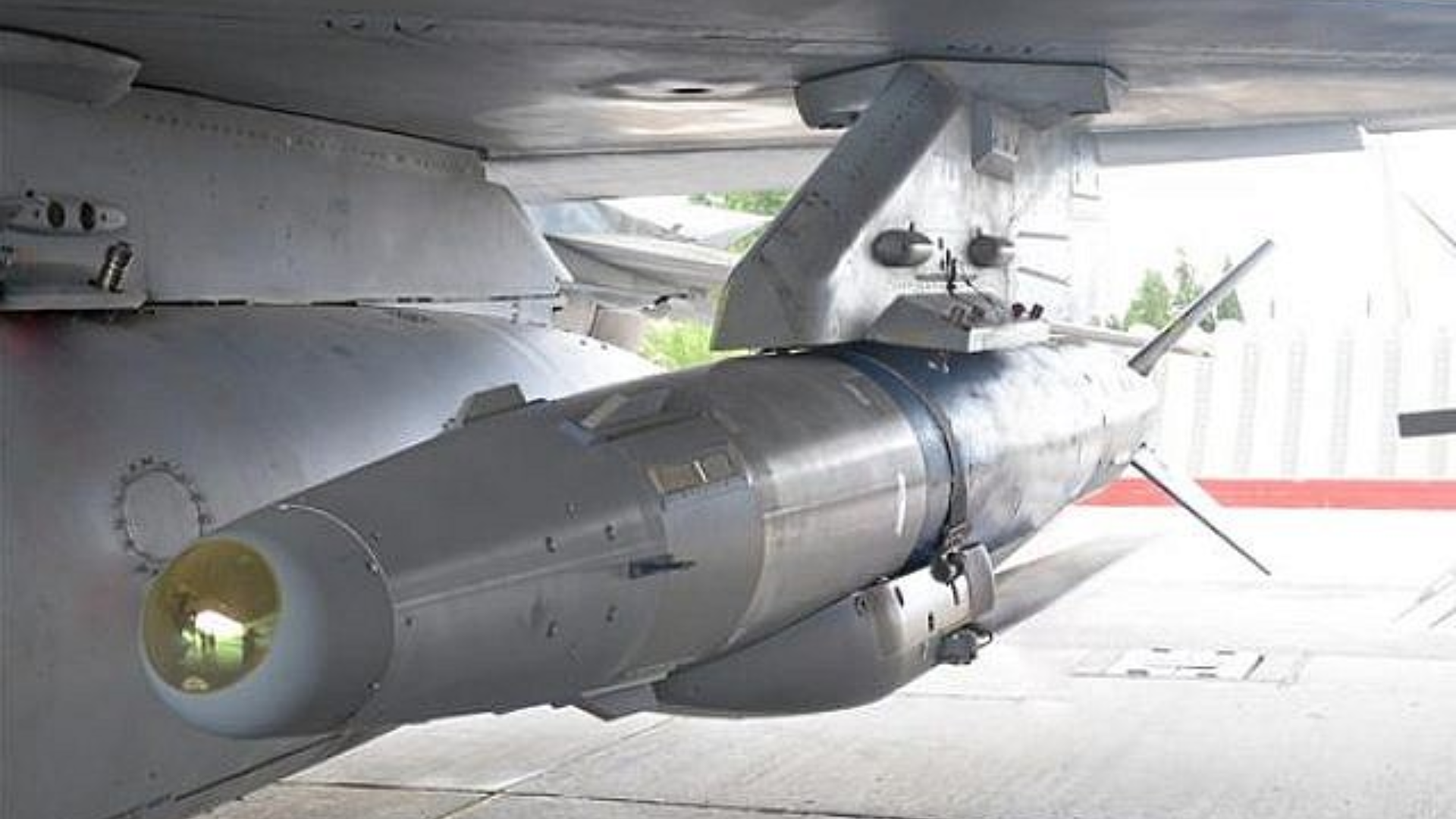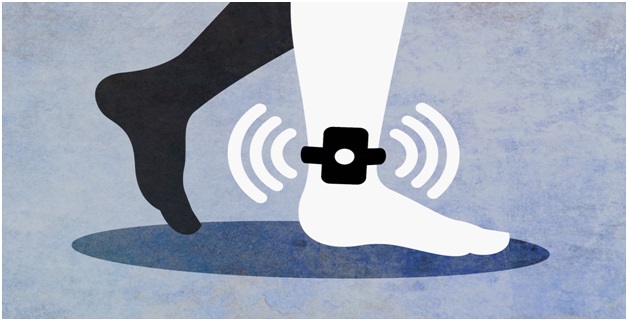Single Window System for Appointment of State DGPs
- 06 Aug 2025
In News:
The Union Government has notified a Single Window System (SWS) to streamline the appointment of State Directors General of Police (DGPs)/Heads of Police Force (HoPFs). This move seeks to ensure transparency, uniformity, and compliance with Supreme Court directives inPrakash Singh vs Union of India (2006) and the Ministry of Home Affairs (MHA) guidelines.
Key Features of the SWS
- Standardization: Provides a checklist and uniform formats for States to submit proposals.
- Eligibility Certification: A Secretary-rank officer must certify that officers proposed for empanelment fulfill criteria, including a minimum of 6 months residual service.
- Timely Submission: States are mandated to send proposals at least 3 months before the anticipated vacancy of the DGP/HoPF.
Constitutional and Legal Framework
- State Subject: Police is a State subject under the 7th Schedule of the Constitution.
- Superintendence: As per Section 3 of the Police Act, 1861, the superintendence of police lies with the State Government.
- District Level: A dual control system exists—authority is shared between the District Magistrate (executive) and the Superintendent of Police (police administration).
- State Police Leadership: State police forces are generally headed by officers of the DGP rank.
GPS Interference and Spoofing in Indian Airspace

- 23 Mar 2025
In News:
Between November 2023 and February 2025, 465 incidents of GPS interference and spoofing were reported, predominantly in the Amritsar and Jammu border regions. This was disclosed by Minister of State for Civil Aviation MurlidharMohol in a written reply to the Lok Sabha.
What is GPS/GNSS Spoofing?
- GPS (Global Positioning System) and GNSS (Global Navigation Satellite System) spoofing involves broadcasting false GPS signals that deceive receivers into calculating incorrect locations.
- It is a form of cyberattack exploiting weak satellite signal strength to override legitimate GPS data.
- It can mislead aircraft navigation systems, creating flight safety risks in sensitive regions like international borders.
How GPS Spoofing Works:
- GPS satellites transmit weak signals to Earth.
- Spoofers broadcast stronger fake signals mimicking these satellites.
- Receivers (like those in aircraft) pick up false data, resulting in mislocation or navigation errors.
Types of Spoofing Attacks:
- GPS Spoofing – False location data.
- IP Spoofing – Hides origin of data, often used in DDoS attacks.
- SMS/Caller ID Spoofing – Disguises identity to deceive users.
Government Response:
DGCA Circular (Nov 2023):
- Mandated reporting of GPS interference.
- Issued mitigation guidelines for:
- Aircraft operators
- Pilots
- Air Traffic Controllers
- Air Navigation Service Providers (ANSP)
Use of International Best Practices:
- Guidelines align with ICAO and EASA standards.
- NOTAMs (Notice to Airmen) are issued in affected areas.
- Airlines implement Standard Operating Procedures (SOPs) to manage spoofing incidents.
Navigation Redundancy Measures:
- Retention of ground-based navigation systems as backups.
- Ensures continued navigation in the event of GPS disruption.
Role of AAI (Airports Authority of India):
- Sole Air Navigation Service Provider (ANSP) in India.
- Continuously upgrading air navigation infrastructure to counter emerging threats like spoofing.
Crystal Maze-2 Missile

- 24 Apr 2024
Why is it in the News?
The Indian Air Force achieved a milestone by successfully test-firing an air-launched ballistic missile, ROCKS or Crystal Maze 2, capable of hitting targets over 250 kilometers away.
About Crystal Maze-2 Missile:
- Crystal Maze 2 missile also known as ROCKS is an advanced air-launched missile developed by Israel, designed for precision strikes on high-value targets.
- This missile is capable of engaging heavily fortified positions from long distances, ensuring minimal collateral damage.
- It is renowned for its accuracy and reliability in combat scenarios, making it a preferred choice for missions requiring surgical precision.
- The missile’s integration into various platforms enhances its operational flexibility and effectiveness in diverse combat environments.
Features:
- Crystal 2 operates effectively in GPS-denied areas and can breach regions secured by air defense systems.
- This system allows for the choice between penetration or blast fragmentation warheads, making it suitable for targeting both surface and heavily fortified underground facilities.
- With a striking distance of over 250 kilometers, it offers versatility with options for either penetration or blast fragmentation warhead, ensuring the destruction of above-ground or well-protected underground targets.
- India is currently developing the Crystal Maze 2 missile.
- The Indian Air Force (IAF) has successfully conducted tests on this missile and aims to procure it in large numbers under the Make in India initiative.
- This move highlights India’s dedication to achieving self-sufficiency in defense manufacturing.
GPS Anklets (Indian Express)

- 14 Nov 2023
Why in the News?
For the first time in India, a prisoner in J&K has been given bail on the condition that his movements are monitored constantly.
About GPS Anklets/Tracker:
- The GPS tracker is a compact wearable gadget secured around the ankle, offering real-time location details.
- It is designed to be tamper-proof, triggering an alarm if any attempt is made to interfere with it.
- Removal by the wearer or any unauthorized individual without causing damage is virtually impossible.
- This versatile tracker can be attached to either the ankle or the arm, presenting as GPS anklets or GPS bracelets.
- While commonplace for bail conditions in countries such as the United States, the United Kingdom, and Malaysia, this marks the inaugural use of GPS trackers for this purpose in India.
What is GPS?
- GPS, or the Global Positioning System, is a satellite-based navigation system with a global reach.
- It functions through a network of satellites orbiting Earth, transmitting signals to GPS receivers.
- This technology has revolutionized navigation, offering precise location and time information for diverse applications, from driving to hiking.
- Originally developed for military purposes, GPS is now widely used in civilian life, integrated into smartphones for location-based services and emergency response.
- Its applications extend to real-time tracking of vehicles and assets, contributing to enhanced security and efficient management.
- Ongoing advancements ensure that GPS remains a crucial tool in modern navigation.
